Last Updated on August 5, 2021

Click here for Part One of our visit: Welcome To Cheesebridge!
Click here for Part Two of our set visit: Meet the Stop Motion Masters!
Okay, here's the thing, folks. I had just spent the past few hours touring the sets, marveling at the decorated halls, and meeting all of the talented craftsmen and women who create cinematic wonders and movie magic within the walls of Laika Studios. So, needless to say, I was feeling pretty jazzed by the time we were set to sit down and dine with both Anthony Stacchi and Graham Annable, the directors of THE BOXTROLLS. With an icy cold Doctor Pepper in my left hand, a tightly stacked ham and swiss sub sandwich in my right, I was ready to meet the two individuals responsible for all the biggest decisions about the film. I felt like Charlie at the end of WILLY WONKA AND THE CHOCOLATE FACTORY; ready to meet the music makers, the dreamers of dreams.

On deciding what best to adapt from Alan Snow's Here Be Monsters novel:
Stacchi:
"There's been quite a bit of adaptation, but the book is full of different types of characters that live underground that are similar to the Boxtrolls. There's Cabbage Heads, Sea Cows, Rabbit Women, and all these characters. So the whole experience of working on the story was trying to hone it down and focus it. The one, universal human story that's in there is the story of the boy and his relation to the Boxtrolls. It's the thing that you hook onto when you first read the book.
We went through lots of iterations of the story. [At first] We had Cabbage Heads, and then there was a ship of Rat Pirates at the beginning of the book. So, you know that when you create such a fantastic world that you have to come up with rules, but you also have to find that simple, core emotion of the story; and then everything else can sort of fall away if that survives. The Boxtrolls, out of all the creatures that are in there, are Alan's greatest creation."

On whether or not creatures other than the Boxtrolls will be featured in the film:
Stacchi:
"No. We kind of focused the film on the Boxtrolls, and Eggs relationship to them. Mostly because in growing the villain of the story, Ben Kingsley's character, Snatcher, and his men in the crew of The Red Hats, they sort of grew and became a little bit more interesting the more we developed the story. They were always great in the book, but when we started working with Richard Ayoade and Nick Frost, and then particularly when Ben Kingsley's interpretation of Snatcher came in, it just started to take on a whole life of its own. Luckily, we were able in incorporate their effect on the characters into the story."
On what ideas was regrettably left on the cutting room floor:
Stacchi:
"There's a giant armored war rat in the book, which is the whole reason why I wanted to do this movie. But, as you know, when you create these fantasy worlds, there has to be a logic to the world. And Alan's world, what's so great about it, is that it really doesn't have any logic. So we have these imaginary characters that exist underground – they're kind of fantastical and people have an attitude towards them – and they come above ground and people react to them a certain way. But then, there's also this pirate ship in the above ground world where half the crew are talking rats and half the crew are humans. Alan, totally makes it work in the book. We couldn't in the movie. People were like, alright, we're 35 minutes into the movie, I kind of know where I am and I understand how the world works, and then I meet these rat pirates who are walking around with humans? It just didn't make sense.
I think you have a window of opportunity in every movie to set up the credibility quotient of what the parameters are going to be. But after that, you're being lazy or wrong if you keep introducing things that undermine that, because it's hard to avoid. It's hard to tell because what we loved about the book is that crazy quality. That, and we've also talked about it being sort of an Oliver Twist that was made by Monty Python, or if Terry Gilliam made Oliver Twist, but with monsters."

On what it's like working with the voice acting cast:
Stacchi:
"Early on, the book has a really English tone, and it's set in this sort of Victorian, Steampunk London. So early on we talked about wanting it to have a sort of “Miyazaki Europe” feel to it. Naturally, we talked about English actors, and Travis was open to casting an all-in-all English cast, which a lot of studios would not have been open to at all. So we went around a lot, and we had a lot of English names: Nick Frost and Richard Ayoade, when they sort of came together, and Simon Pegg. That was big, and it really helped that the whole little core group of those guys were going to be involved.
Travis was the one who was the most hot for Ben Kingsley. I didn't think he would be interested, and in some ways I had a hard time imagining him as his character. Then, we got on the phone with him, and he asked if anybody had seen or heard of a character named Don Logan, who was his character from SEXY BEAST. He was sure that we, as Americans, would have never seen the film, but we were all like, yes! We were glad that he didn't say Fagan, because the character [of Snatcher] could be very much like Fagan, but we didn't want to go in that direction.
When I went to go and meet him, unlike other actors that I've dealt with, he had a whole concept of the character from the script and from our few conversations that was really well thought out. Like, he recorded his lines while reclining in a chair, because of the way he wanted his voice to resonate. He said, this is a character who eats a lot of rich food, who is overweight and out of shape, and he should sound like this. So he would always record with the microphone while leaning back.
There's a thing here at the studio, especially through PARANORMAN and CORALINE, where they don't do very “mannered” voices. When they hire actors they usually use the actors real voice and the character comes through that, but they don't really do “cartoony” voices here."

On dealing with the pressures of shooting for a stop-motion animated film:
Stacchi:
"It's an amazing part of animation, in all animation, really. You make it one frame at a time, so you don't make any extra frames. We put a little bit of heads and tails (ten frames) at the beginning and end of each shot so the editor has something to work with to make the cut work, but we don't shoot anything extra. So the storyboards, they're the map. Everything is scheduled according to them. An individual animator can do about 35 frames a day. So, we figure, the shot is this long in the story board, then it will take him 4 days. It will take one day to block it, 2 days to do a quick rehearsal, and then it will take a week to shoot the final shot. Everything is scheduled out to within an hour of that and the next set, so the reels can't be too far off. That's true of all animation, but it's particularly true here."

On making changes to the film after so many months into its production schedule:
Stacchi:
"We don't do that here, we can't. There's a lot of studios, like, when you talk about Dreamworks and Pixar, they can throw an army of storyboard artists together and make a huge change at the last minute – and put 65 good CG animators on it to get it done. There aren't 65 good stop-motion animators in the world, and we have less than 30 of the best – because we lucked out. We're the only big stop-motion movie going on, right now. Henry Selick had one going on in San Francisco that closed down, there's nothing going on in London, and Frankenweenie is done. So for the first time in a few years we were lucky that the best of the best were all available."
Annable:
"Even if we had 60 or 70 of the best animators, and they all did stop-motion, we don't have the space. It's weird to have physical limitations that you sort of forget about, but there's only so many stages that you can have, so many that we can build, and so much space to occupy them. It's crazy. I don't know if you guys have seen the big boards that the production team uses, with the little cards all over the place, but those guys maximize every ounce of time and space out there as fast as they can.
With CG, and even hand drawing, you sort of forget that, oh yeah, you can always have a background, or you can always have a character available to draw because you can just draw it."
Stacchi:
"Whereas if there's not an Eggs puppet available, you can't just shoot him. They made 28 Eggs, so you can't just download another Eggs and put him in the shot. There's only 28 of them, some of them are of varying degrees of usefulness, and if there's not an Eggs available, even if you have an animator and a set, you can't shoot until he comes off somebody else's set."
Annable:
"We often joke around about the character being in their trailer and they won't come out."

On deciding when and when not to use CGI technology:
Stacchi:
"Whatever delivers the look. The look is the rule. There's a certain line of quality to the stuff that we like, so the clouds have a line quality to them, and we came up with ways of designing the clouds by using actual fabric that has threads, and thought it looked good. But we can generate the clouds in CG once that look has been come up with. It doesn't matter, we're not purists, we're not sticking rigorously to any “in-camera” rule. It's been done before and it's incredibly charming. In my opinion, occasionally in movies, that charm can throw you out of the movie, too.
In stop-motion it's real lights striking real textures and real fabrics and stuff. But if you have all that reality in the shooting of the puppets, but then you shoot cotton for the smoke, or you use something like that to stay rigorously to having “in-camera” practical effects; than that kind of throws you out of it. We wanted fog that was cold and rain that was wet, so, you know, in my mind, it was kind of ironic that we had to go to digital effects to keep up the integrity of the realism of our stop-motion movie. Though, I felt in some ways that it was worth it. Treat the stop-motion as if it were live-action footage, and you were adding a hurricane to live-action footage. You wouldn't make it look like cotton, however charming that is, and however great that would look."

On the family dynamic found within Laika Studios:
Stacchi:
"I like to think of it this way. You've seen Toy Story, right? Andy, the guy who's nice to his toys, gets along with his mother and everything – he went off to Cal Arts. His mother drove him to Cal Arts and he went to work at Pixar. Sid, the kid across the street who tore his toys apart, and built creepy toys out of them, and probably had all the good albums – he grew up and moved to Portland. He learned how to make absinthe with his punk rock girlfriend, and now he works at Laika. We're the off-season Burning Man and everyone's a welder."

And that's a wrap on our set visit for THE BOXTROLLS! I hope you all enjoyed the coverage and are now even more excited to check out Laika's next stop-motion animated adventure!. If you want, you can continue to follow my shenanigans on Twitter right here.
THE BOXTROLLS opens on September 26th, 2014


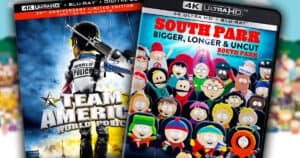
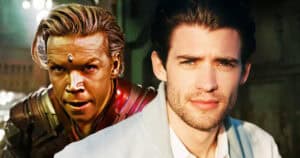
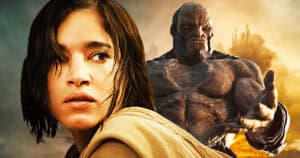
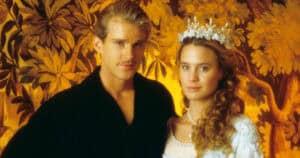
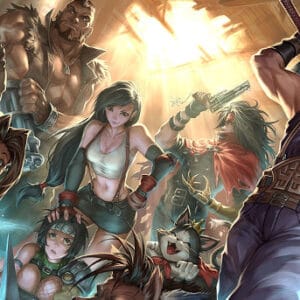
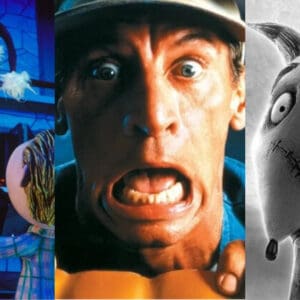
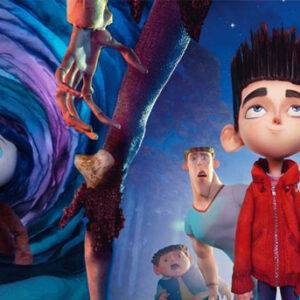
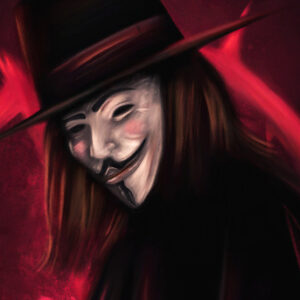
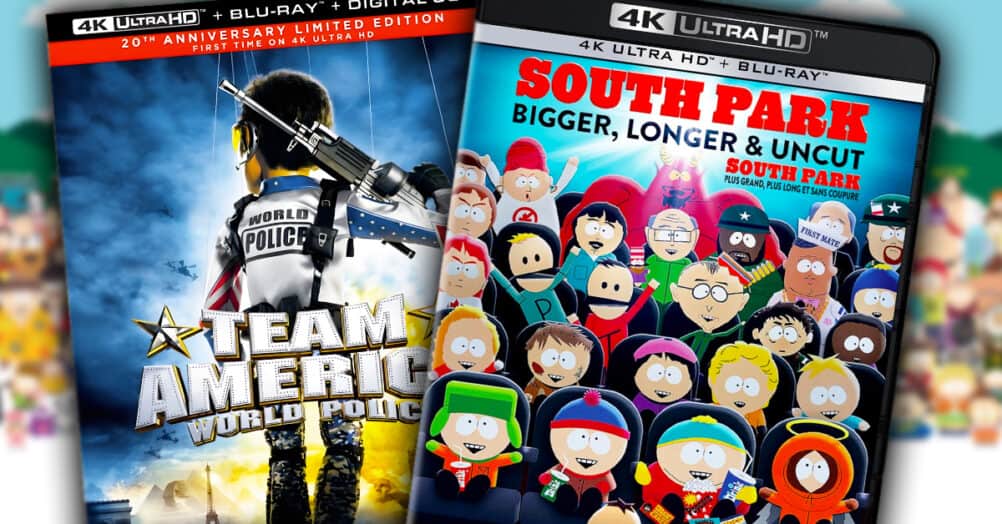
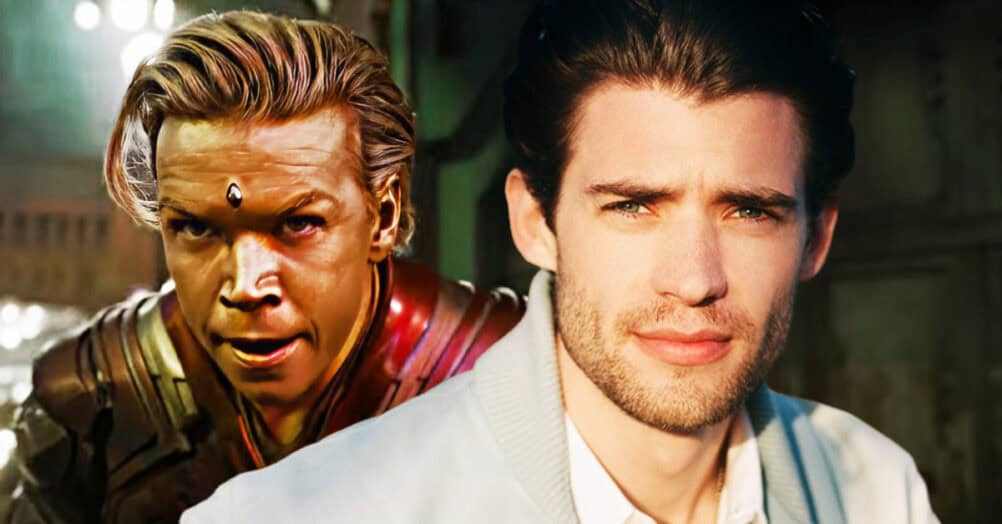
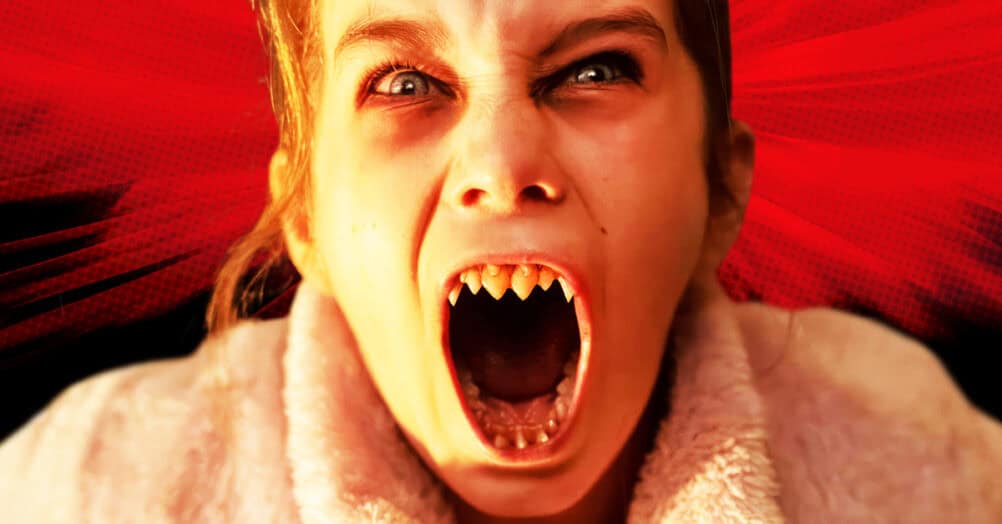
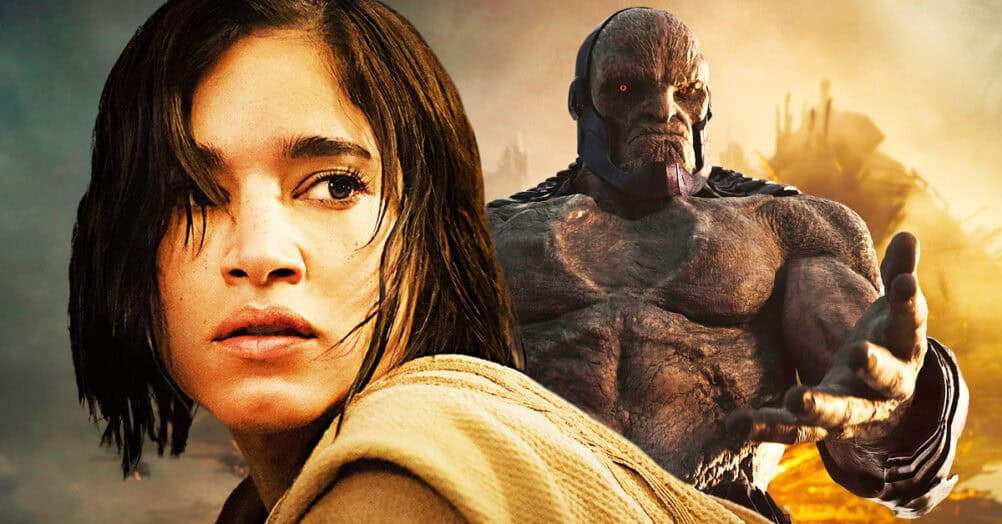
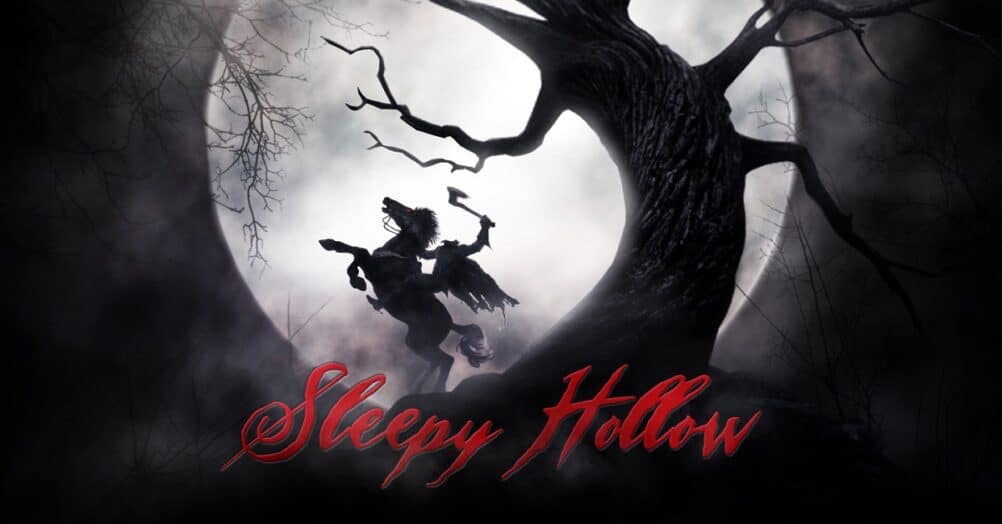
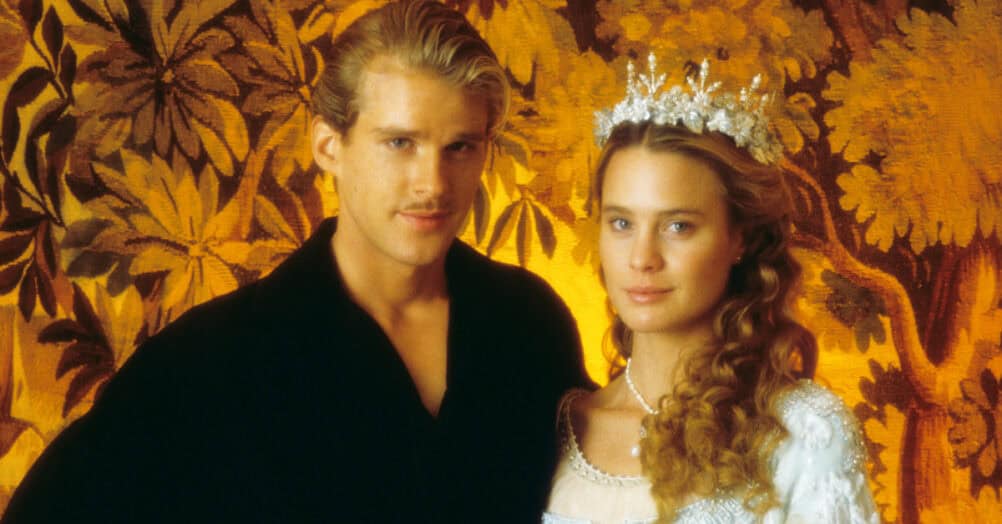
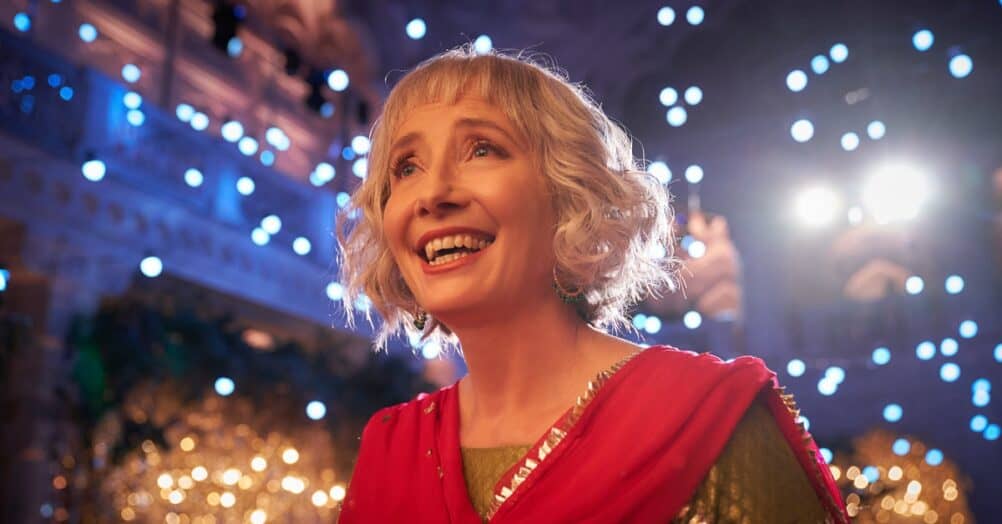
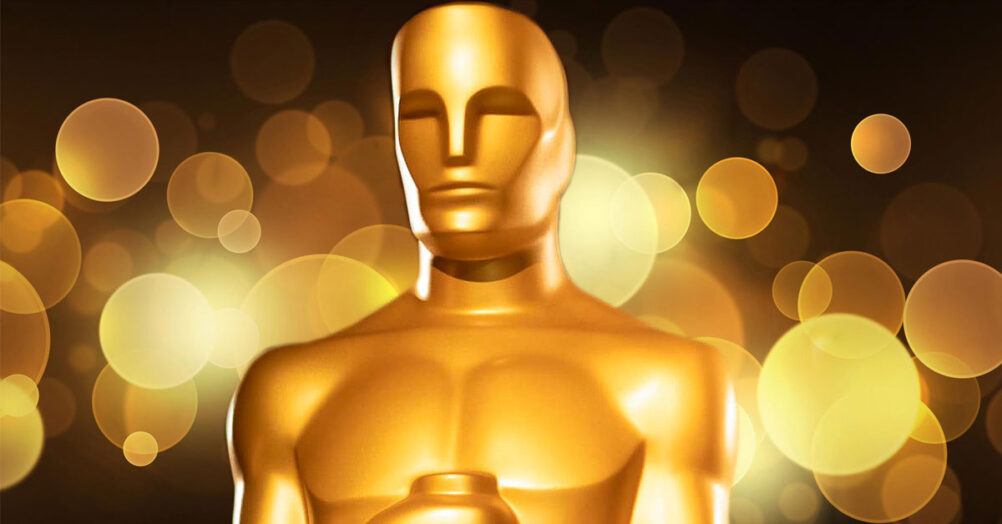
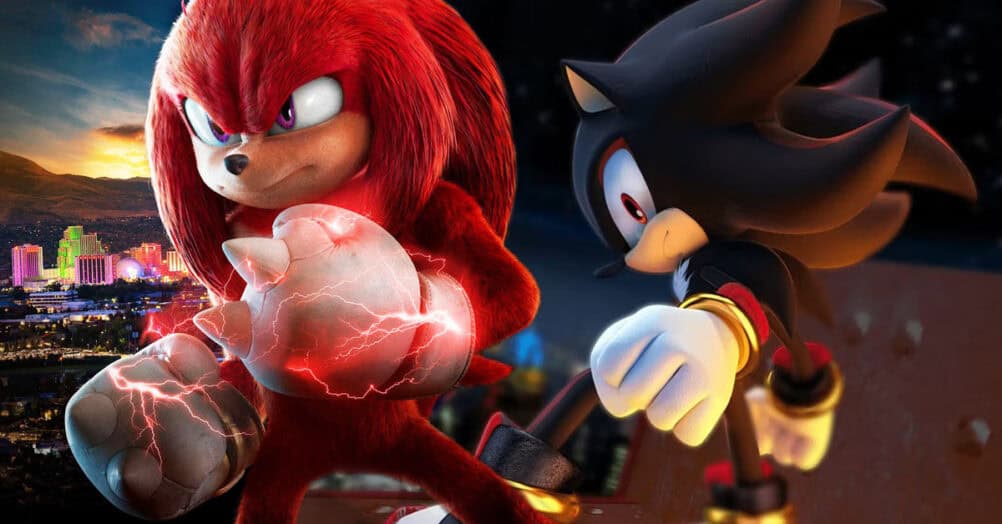
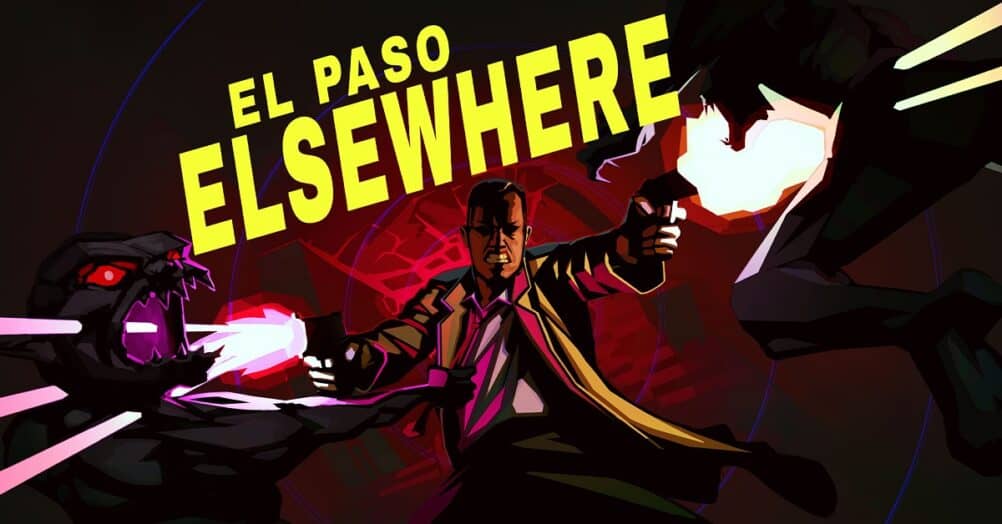
Follow the JOBLO MOVIE NETWORK
Follow us on YOUTUBE
Follow ARROW IN THE HEAD
Follow AITH on YOUTUBE